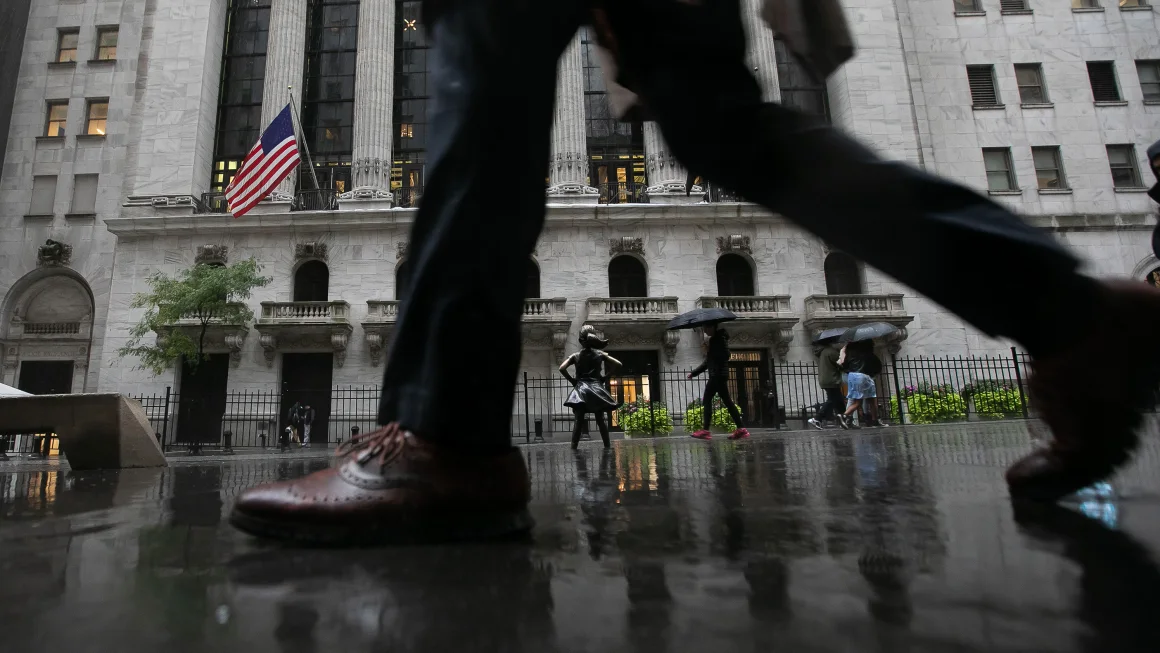The United States has taken significant strides in the global economic race in recent developments, outpacing China in growth and market resilience. With the US economy expanding faster than anticipated by Wall Street, buoyed by soaring markets and inflation nearing the Federal Reserve’s 2% target, the possibility of achieving a soft landing seems increasingly plausible. Contrarily, China’s economic landscape appears troubled, characterized by a prolonged market slump, diminishing consumer confidence, and a cooling growth trajectory, further exacerbated by the population decline and the recent court-ordered liquidation of Evergrande, adding uncertainty to China’s ongoing real estate crisis.
Eswar Prasad, a seasoned expert in trade policy from Cornell University and a former leader at the International Monetary Fund’s China division, sheds light on these contrasting economic fortunes. Prasad highlights the US’s consolidation as a principal engine of global growth, a position that has become even more pronounced against worldwide growth challenges. He notes the stark reversal from previous expectations of a US recession and a flourishing Chinese economy, attributing the US’s robust performance to its inherent economic resilience and China’s struggles to a confluence of short-term and long-term challenges.
The interplay between the US’s economic vigour and China’s faltering growth has profound implications for the future of global economic supremacy and the intricate web of US-China relations. Prasad points out that China’s financial woes may prompt a more conciliatory approach towards trade tensions with the US, especially as both nations seek to avoid further escalation amid the charged atmosphere of the US election season.
Investors and policymakers must navigate this complex landscape with a keen understanding of the underlying factors influencing both economies. The Chinese government’s efforts to stimulate its economy through increased spending and policy interventions highlight the depth of the challenges faced, emphasizing the critical role of household and business confidence in driving consumption and investment.
The evolving economic narratives of the US and China underscore a pivotal moment in global economic leadership. As the US strides ahead, buoyed by economic resilience and strategic policy measures, China faces a crucial juncture, grappling with internal challenges and the imperative to restore confidence and stability. The outcome of this economic race will not only redefine the contours of US-China relations but also shape the future trajectory of the global economy.





















+ There are no comments
Add yours